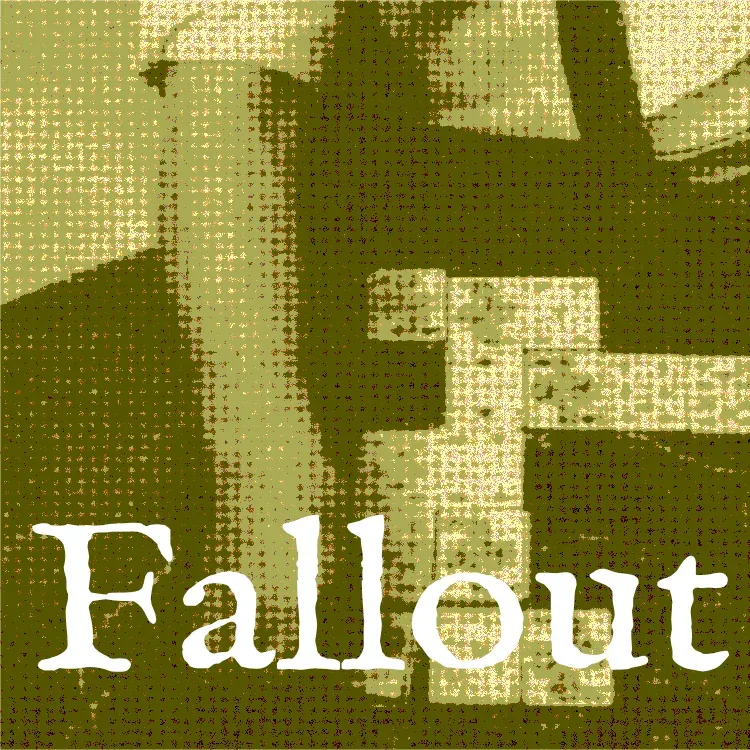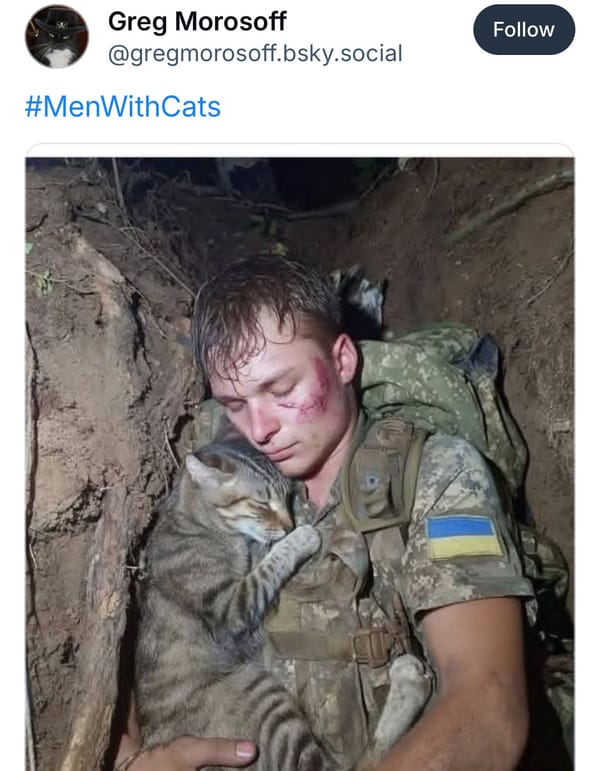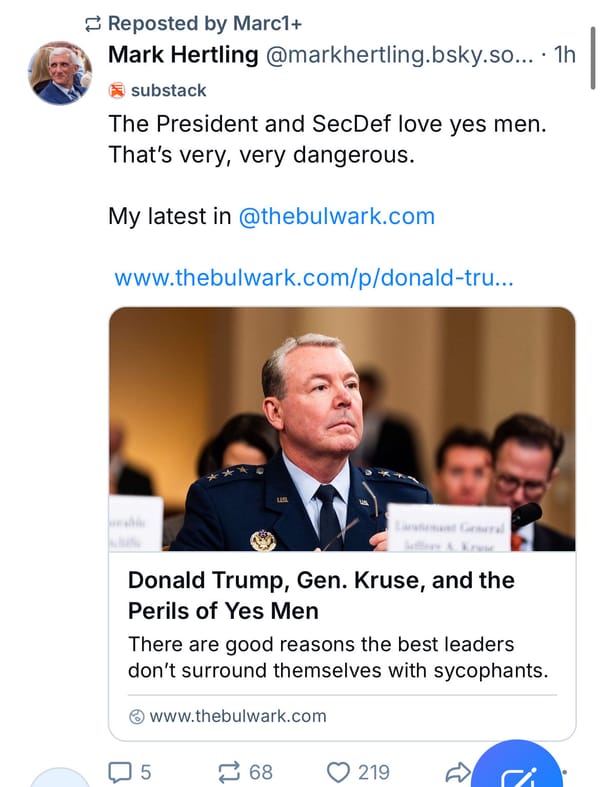Ukraine War - Illegal weaponry and nukes part I
Or not so illegal - an introduction
Not a journal piece so will drive IHL professionals to despair but we don’t have 1000 pages
There used to be two groupings of international law concerning conflicts, Geneva and Hague law. These groupings have become somewhat irrelevant as the laws have become blurred between areas but I’ll explain their origin before delving into what used to be called Hague law about weaponry being used in Ukraine in part II. Together the groupings constitute international humanitarian law (IHL).
Thanks for reading Fallout! Subscribe for free to receive new posts and support my work.
Geneva law
Geneva law - dates back to the horrors of the Crimean War and then the Battle of Solferino in 1859 in the Italian war of liberation which led to the establishment of the Committee of the Red Cross in 1863 and the adoption in 1864 of the first Geneva Convention “for the Amelioration of the Condition of the Wounded of Armies in the Field”. Entrepreneur Henri Dunant attempted to provide medical services on the battlefield and his book, Un Souvenir De Solferino (Genève: Dr Fick, 1862) played a key role in the genesis of the first Geneva Convention. We can follow a direct line of conventions, conferences and protocols regulating humane and humanitarian behaviour in the war leading back to this first and original convention which still basically applies, updated and replaced formally, in modified form today. Individuals, civilian and soldier, were being granted rights in the time of war, protecting primarily, at first, their lives and physical health, which would in the future extend to other aspects of their well-being, forming a body of Geneva law (Law of Geneva) ‘that mainly deals with the protection of the victims of armed conflicts who are in the power of a party, i.e., non-combatants and those who no longer take part in hostilities.’1
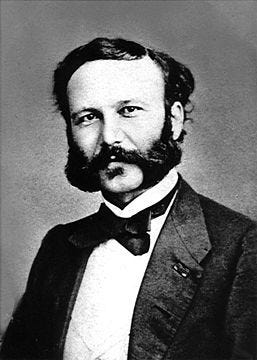
(Henri Dunant, a good man. Photo via Wikipedia)
Currently, we have the four big Geneva Conventions of 1949:
- The First Geneva Convention "for the Amelioration of the Condition of the Wounded and Sick in Armed Forces in the Field"
- The Second Geneva Convention "for the Amelioration of the Condition of Wounded, Sick and Shipwrecked Members of Armed Forces at Sea"
- The Third Geneva Convention "relative to the Treatment of Prisoners of War"
- The Fourth Geneva Convention "relative to the Protection of Civilian Persons in Time of War"
These are not the only current treaties, the first two protocols of the next list are also very important as they expand protections:
- Protocol I (1977) relating to the Protection of Victims of International Armed Conflicts
- Protocol II (1977) relating to the Protection of Victims of Non-International Armed Conflicts
- Protocol III relating to the Adoption of an Additional Distinctive Emblem[37]
To some degree, the above body of Geneva law constitutes customary international law in that all countries/states are to follow their provisions, regardless of ratifying treaties or not, as the ‘law of nations. This has been expressed many times in legal doctrine and jurisprudence (practise of international and domestic courts) since the first World War. The International Committee of the Red Cross (ICRC) has attempted to codify what customary international law in IHL is and its rules - however, there is disagreement as to the ICRC’s determinations.
Now, remember it’s the big boys who write the rules. Geneva law may be humanitarian but it was written to ameliorate the suffering of civilians and the wounded/sick in warfare, not to stop war. It is also not intended to make waging war too difficult on the superpowers. Geneva law blurs into the next subject, Hague law after the last couple of treaties, especially the Protocols.
Hague law
The 1868 Declaration of St Petersburg (St Petersburg Declaration) was the first international formal agreement prohibiting the usage of certain weapons in war and it covered bullets weighing below 400 grams. This type of bullet had been invented by the Russian army. Tsar Alexander II sought to ban its mutual usage between civilized states, not against savages. Such as Crimean Tatars and other non-Russians in their empire. Polish, Lithuanian and Ukrainian rebels would presumably be treated as savages if they rose up against Russia.
The preamble of the declaration gives us:
“Considering:
That the progress of civilization should have the effect of alleviating as much as possible the calamities of war;
That the only legitimate object which States should endeavour to accomplish during war is to weaken the military forces of the enemy;
That for this purpose it is sufficient to disable the greatest possible number of men;
That this object would be exceeded by the employment of arms which uselessly aggravate the sufferings of disabled men, or render their death inevitable;
This declaration is still in force for some still existing states - while the bullets are also covered by newer treaties. Notice laws of humanity, this gives us an early reference to laws of nations.
(Still illegal!)
Alexander II enacted various important reforms in Russia while actively engaging in diplomacy but also oversaw the utterly brutal end phase of the Circassian genocide.3 He also banned the use of Lithuanian and Ukrainian completely, even in private, and Polish mostly, after a Polish rebellion. Alexander II died in agony, a victim of anarchist assassination, in the same palace where he had signed the Serf Emancipation Edict two decades previously. His death seems to serve as an example of the dangers of loosening the iron grip even a little, to future more autocratic Russian rulers, including Putin. Alexander III, the more brutal son and next tsar were of course memorialized in Crimea in 2016 by another sociopath.
#Crimea: Vladimir Putin took part in unveiling a monument to Alexander III bit.ly/2hCekxM
— President of Russia (@KremlinRussia_E) 4:54 PM ∙ Nov 18, 2017
(Putin unveiling a monument to the monstrous son of Alexander II, Alexander III via a genocidal Twitter account)
Two Hague Conventions on land warfare of 1899 and 1907 (Hague Convention 1899 and Hague Convention 1907) followed. Hague Convention 1907 was evolutionary rather than revolutionary. The 1899 conference which ratified the Hague Convention 1899, was initiated by Tsar Nicholas II, who was the grandson of Alexander II and notably the last Romanov.

(Another German, House of Holstein-Gottorp-Romanov, aristocrat. Good riddance. Pity he was replaced by even worse tyrants. Photo via Wikipedia)
The second convention was intended for 1904 and sponsored by President Theodore Roosevelt … but the Russo-Japanese War of 1904-1905 got in the way of that. Many provisions subsequently taken up were based on the unilateral Lieber Code (a de facto occupation manual) signed into force by Abraham Lincoln during the American Civil War. The Hague Conventions consist of a variety of treaties (labelled conventions) and declarations. The Hague Conventions as law were participatory, they were intended to apply between signing parties with appropriate ratification mechanisms peculiar to the signing parties (Congress, Tsar, Parliament etc) bringing them into force. However, I would like to point out here that the international law of war declares itself primarily as an expression of the customs of international law in the field of humanitarian law in armed conflict, which in the case of the Hague Conventions is expressed under the Martens Clause in the preamble of Hague Convention (II) 1899:
“Until a more complete code of the laws of war is issued, the High Contracting Parties think it right to declare that in cases not included in the Regulations adopted by them, populations and belligerents remain under the protection and empire of the principles of international law, as they result from the usages established between civilized nations, from the laws of humanity, and the requirements of the public conscience;”
The Martens Clause is very important and repeated throughout law and jurisprudence.4 Usages and laws of humanity exist separately from treaties. This allows customary international humanitarian law to exist. Professor Martens represented Russia, which with other major powers, had wanted to shoot armed civilians out of hand as francs-tireurs but smaller countries had opposed this - a legal compromise was established to blur written law and custom. The name francs-tireurs came from irregular French formations members of which the Prussians had executed out of hand upon capture during the Franco-Prussian War 1870-1871. Prussians and Russians loved shooting uppity little partisans throughout history.
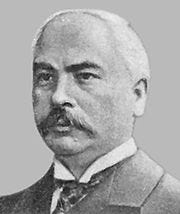
(Friedrich “Shoot them against a wall” Martens, an early Lavrov. Abused international law. Photo via Wikipedia)
I could now veer into Prussian Kreigsraison (rabbit hole) but will save that for a future post.
Going back to the earlier period after 1907 and before 1977 there were no more universal Hague Conventions though perhaps the Convention for the Protection of Cultural Property in the Event of Armed Conflict of 1954 (Hague Convention for the Protection of Cultural Property) should be mentioned as it expands on protections in the Hague Convention 1907, in particular, article 27: “In sieges and bombardments all necessary steps must be taken to spare, as far as possible, buildings dedicated to religion, art, science, or charitable purposes, historic monuments…” and article 38 “No provision in this Protocol relating to individual criminal responsibility shall affect the responsibility of States under international law, including the duty to provide reparation.” (Russian and the USA are not parties to the Second Protocol of 26 March 1999 with enhanced protection and individual criminal responsibility. Ukraine is.)
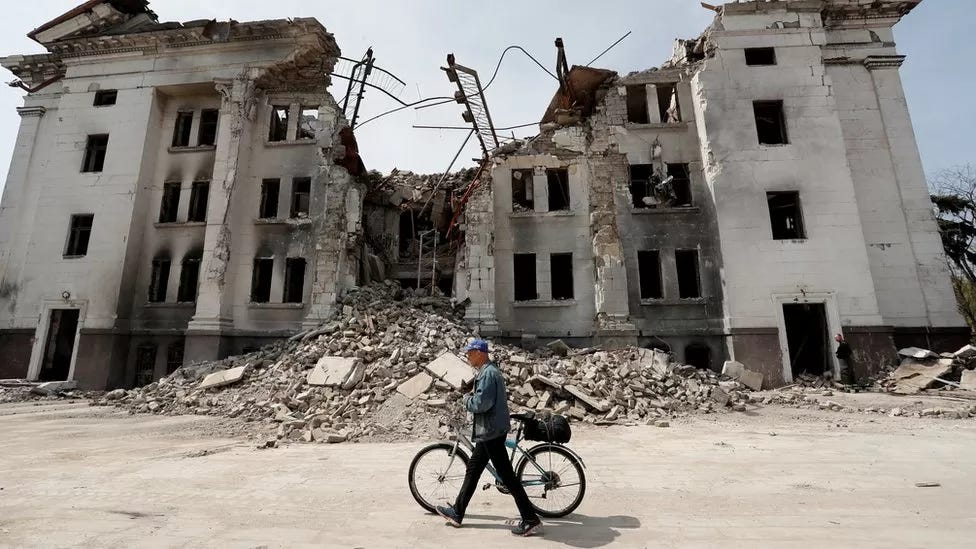
(Mariupol theatre, possibly hundreds killed here. Photo via BBC via Reuters)
In the pre-war period the most significant development of Hague law would be the Protocol for the Prohibition of the Use of Asphyxiating, Poisonous or Other Gases, and of Bacteriological Methods of Warfare, Geneva (treated as Hague law because of subject matter), of 1925.
Other than those two conventions the important conventions to note would be:
the Convention on the Prohibition of the Development, Production and Stockpiling of Bacteriological (Biological) and Toxin Weapons and on their Destruction, London, Moscow and Washington, of 1972 (Biological Weapons Convention)
#NAFO EXPOSED
— Dberi (@dberi21) 3:43 PM ∙ Aug 29, 2022
CIA funded Ukrainian biolab created Shiba Inu doggos that live on twitter and are also a bot account’s funding EXPOSED
- REUTERS(Twitter)
the Convention on the prohibition of the development, production, stockpiling and use of chemical weapons and on their destruction, Paris, of 1993 (Chemical Weapons Convention)
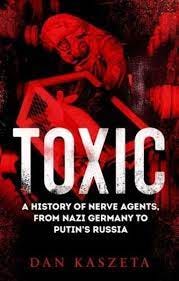
(Dan Kaszeta’s book)
the Convention on Prohibitions or Restrictions on the Use of Certain Conventional Weapons Which May be Deemed to be Excessively Injurious or to Have Indiscriminate Effects, Geneva, of 1980 (Convention on Certain Conventional Weapons), with protocols: Protocol I: Non-Detectable Fragments, Protocol II: Mines, Booby Traps and Other Devices (not a ban but prohibits certain vicious types such as non-detectable and use against civilians), Protocol III: Incendiary Weapons (in use against civilians), Protocol IV: Blinding Laser Weapons and Protocol V: Explosive Remnants of War (requires clearance of explosive weapons after conflict, doesn’t cover mines)
These will be covered in part II along with other treaties not considered Geneva/Hague law as such.
Nowadays Geneva and Hague law are so intertwined that they form a combined system, as expressed in the terrifying International Court of Justice opinion - The Nuclear Weapons Advisory Opinion, 1996 ICJ 35 ILM 809, 827, at para. 75. The opinion covers the legality of threats of nuclear weapon usage. Russian pundits regularly threaten nuclear war, so have a read. Here’s the opinion:
It follows from the above-mentioned requirements that the threat or use of nuclear weapons would generally be contrary to the rules of international law applicable in armed conflict, and in particular the principles and rules of humanitarian law; However, in view of the current state of international law, and of the elements of fact at its disposal, the Court cannot conclude definitively whether the threat or use of nuclear weapons would be lawful or unlawful in an extreme circumstance of self-defence, in which the very survival of a State would be at stake;
(Youtube. Martens)
Part II to come. Also grab a copy of Russian Genocidal Warfare: A Strategy Of Annihilation for other context to this post.
If you like this content, buy the team of Blood, Skipper and Du Cane a coffee. It’s only a buck, or whatever you like. Doesn’t repeat unless you want it to.

Remember to hit subscribe. We’re really getting into gear and putting out content constantly.
“Law of Geneva,” Law of Geneva | How does law protect in war? - Online casebook (International Committee of the Red Cross). ↩
“Declaration Renouncing the Use, in Time of War, of Explosive Projectiles Under 400 Grammes Weight. Saint Petersburg,” - St Petersburg Declaration Relating To Explosive Projectiles, 1868, November 29, 1868. ↩
Walter Richmond, The Circassian Genocide (New Brunswick, NJ: Rutgers University Press, 2013). Press, 2013) ↩
Rupert Ticehurst, “The Martens Clause and the Laws of Armed Conflict,” International Review of the Red Cross 37, no. 317 (1997): 125-134, https://doi.org/10.1017/s002086040008503x ↩
